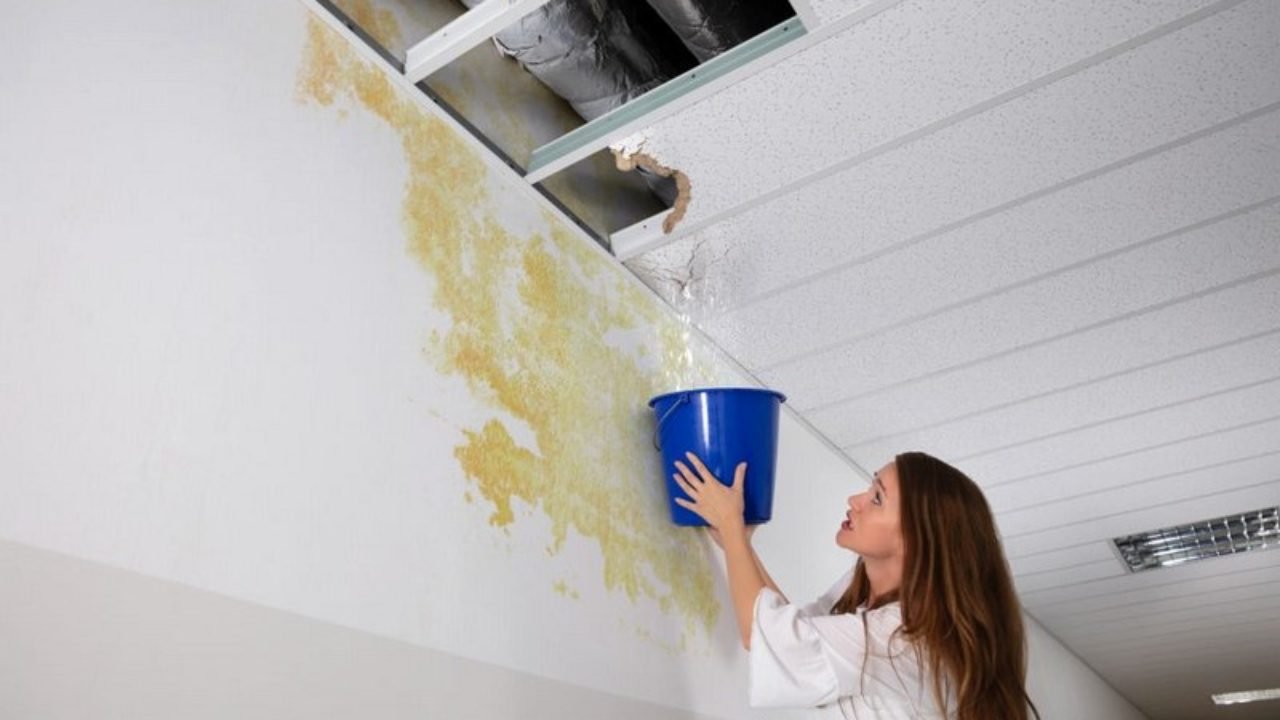How do you really feel on the subject of How to detect water leaks in your home?

Leaks not only create waste of water however can also create unnecessary damage to your residence and also promote unwanted natural development. By looking and also recognizing for everyday situations that create leakages, you can secure your home from future leakages and also unneeded damage.
Trespassing roots
Many water leakages start outside the residence instead than inside it. You could observe damp patches or sinkholes in your backyard, and also that might indicate that tree origins are invading water lines triggering water to permeate out.
Rusty water supply
As time goes by, your plumbing system ages as well as deterioration such as corrosion might begin gnawing the pipes. This could be the cause of discoloration or warping on your pipes. This requires an inspection with your plumber promptly. Take into consideration changing the pipelines because they are at a higher threat of rust than the newer models if our plumbing system is old.
Defective Pipe Joints
Pipe joints can weaken over time, resulting in water leakages. If you have loud pipes that make ticking or banging sounds, specifically when the warm water is turned on, your pipeline joints are most likely under a lot of pressure.
Instant temperature level adjustments.
Severe temperature modifications in our pipes can cause them to broaden and acquire suddenly. This expansion and also tightening might create splits in the pipelines, specifically if the temperature are below cold.
Poor Water Connectors
At times, a leakage can be triggered by loosened hose pipes and pipes that provide your home appliances. Most of the time, shifting is what causes the loose water Links. You could locate when it comes to a cleaning equipment, a hose pipe may spring a leak due to trembling throughout the spin cycle. In case of a water connections leak, you may notice water running straight from the supply line or puddles around your devices.
Obstructed Drains
Obstructed drains might be aggravating and also inconveniencing, however they can sometimes wind up triggering an overflow bring about burst pipes. Keep eliminating any kind of products that may go down your drains pipes that can obstruct them to avoid such aggravations.
All the above are sources of leaks however not all water leakages arise from plumbing leakages; some leaks may come from roofing leaks. All leaks need to be fixed immediately to avoid water damages.
Leakages not just trigger waste of water but can additionally trigger unneeded damage to your home as well as promote unwanted natural development. By comprehending and also looking for daily scenarios that cause leakages, you can protect your home from future leakages and also unnecessary damage. Today, we will look at 6 leak triggers that might be creating your pipes to drip.
At times, a leakage can be caused by loosened hoses and pipelines that supply your home appliances. In case of a water connections leakage, you may notice water running directly from the supply line or pools around your devices.
How To Check For Water Leak In Your Home
How To Check for Leaks
The average household's leaks can account for nearly 10,000 gallons of water wasted every year and ten percent of homes have leaks that waste 90 gallons or more per day. Common types of leaks found in the home are worn toilet flappers, dripping faucets, and other leaking valves. These types of leaks are often easy to fix, requiring only a few tools and hardware that can pay for themselves in water savings. Fixing easily corrected household water leaks can save homeowners about 10 percent on their water bills.
To check for leaks in your home, you first need to determine whether you're wasting water and then identify the source of the leak. Here are some tips for finding leaks:
Take a look at your water usage during a colder month, such as January or February. If a family of four exceeds 12,000 gallons per month, there are serious leaks.
Check your water meter before and after a two-hour period when no water is being used. If the meter changes at all, you probably have a leak.
Identify toilet leaks by placing a drop of food coloring in the toilet tank. If any color shows up in the bowl after 10 minutes, you have a leak. (Be sure to flush immediately after the experiment to avoid staining the tank.)
Examine faucet gaskets and pipe fittings for any water on the outside of the pipe to check for surface leaks.
Undetected water leaks can happen without the home or business owner even realizing. If you suspect a water leak, but not able to find the source. It is time to contact a professional water leak detection service, The Leak Doctor.
How To Find a Water Leak In Your Home
https://www.leakdoctor.com/blog/How-To-Check-For-Water-Leak-In-Your-Home_AE197.html

I recently found that post on Common Water Leaks In House when doing a search on the internet. Enjoyed reading our blog posting? Please share it. Help other people locate it. I appreciate reading our article about How to detect water leaks in your home.
Pro assistance? Dial.